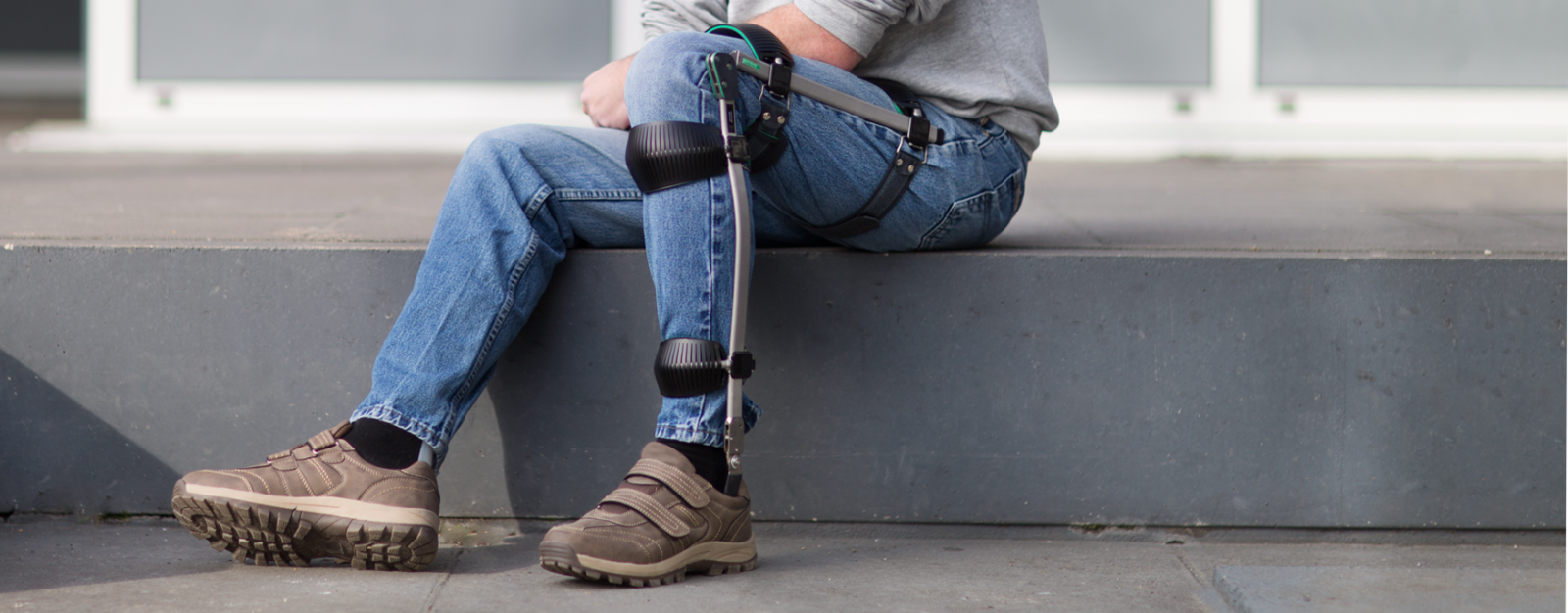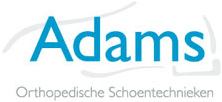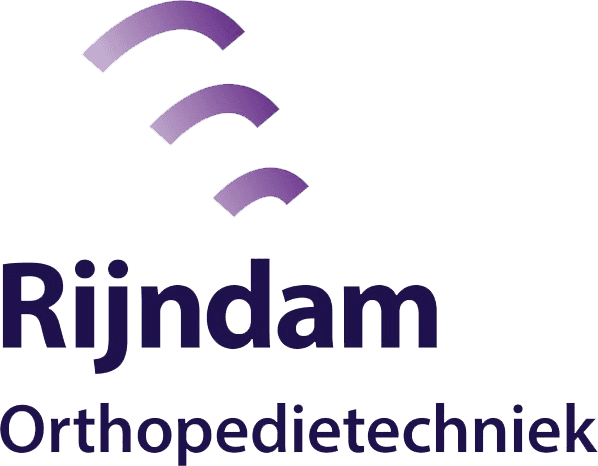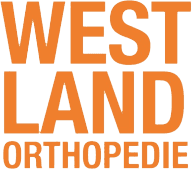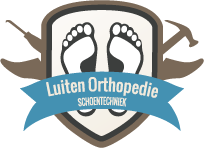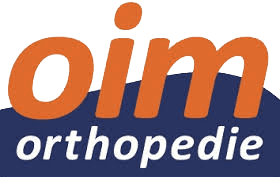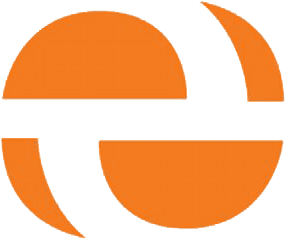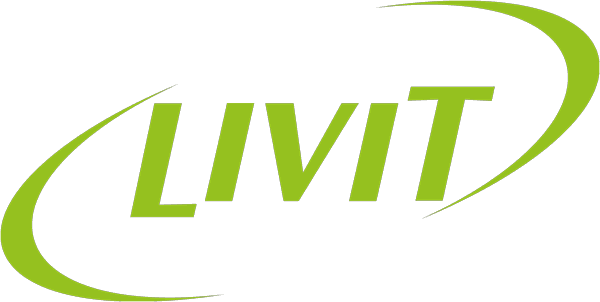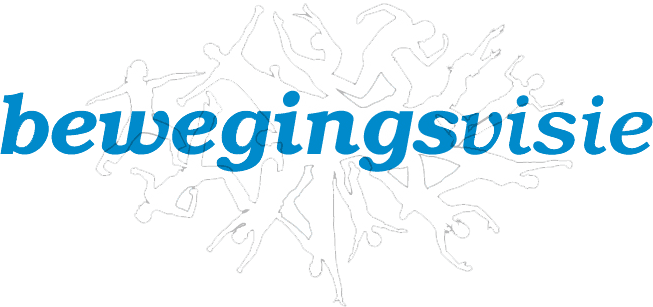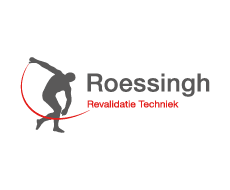To give you a good overview, you’ll find the different types of UTX below. In addition, we first discuss the various possibilities the leg orthosis line has in stabilizing your knee in the sagittal plane, with other words: in flexion or extension (bending or stretching). Then we focus on the possibilities for stabilizing the knee in just the frontal plane (valgus or varus). Finally, we look at the various possibilities for the stabilization of the ankle and foot.
Stabilization of the knee in the sagittal plane
(flexion and extension)
- UTX FREE
- No locking to flexion, but protection against overstretching
- UTX SWING
- Locking of the knee against bending and stretching in the standing phase
- Automatic unlock at the end of the standing phase
- Free knee bending during the swing phase
- UTX STABIL
- Locking of the knee against bending and stretching throughout the entire walking cycle
- Manual unlocking to allow knee flexion to sit down
- UTX POST
- Especially intended for people with severe knee hyperextension
- The pelotte carriers of the lower leg (support points of the leg) are placed on the back side (POSTerior) of the leg
- Therefore, even better control of the large backward forces by ovestretching of the knee
- Can be performed in FREE, SWING of STABIL variant
Stabilization of the knee in the frontal plane
(valgus and varus deformity)
- UTX UNILAT
- UTX FS lateral
- Suitable for people with valgus instability of the knee
- The UTX is built laterally (on the outside of the leg). Therefore, the addition ‘lateral’
- On the medial side is a special cord that ensures stability against the valgus
- UTX FS medial
- Suitable for people with varus instability of the knee
- The UTX is medially built-in (on the inside of the leg). Therefore, the addition of ‘medial’
- On the lateral side is a special cord that ensures stability against the varus
Stabilization of the ankle
- UTX EZ
- Only a hinge on the outside of the ankle
- Support for foot lift
- Control over the drop of the foot
- No support of the ankle in the frontal plane
- UTX DZ
- Both medial and lateral ankle hinge
- Support for foot lift
- Control over the dropping the foot
- Support of the ankle in the frontal plane
- UTX ESC
- Integration of a UTX SWING with a customized PP (polypropylene) Ankle Foot Orthosis (AFO)
- ESC stands for Evo-Swing-Combination
- Complete control over the ankle and yet SWING function of the UTX
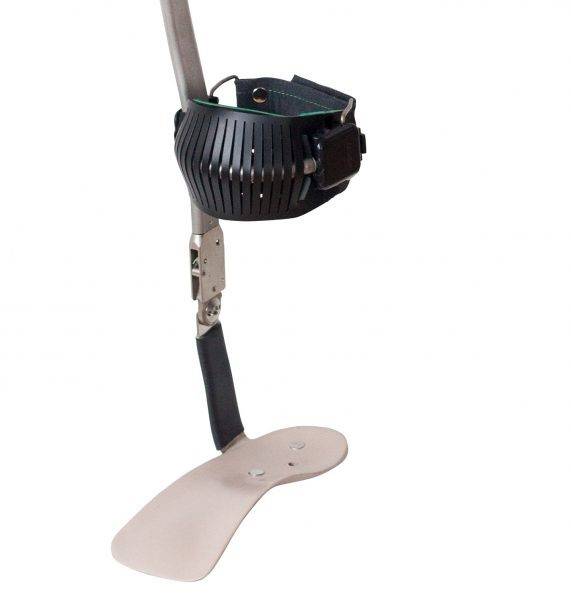
The UTX EZ. This KAFO only has an ankle hinge on the outside of the leg. Through a strong but flexible ankle strip, foot support is attached to the UTX.
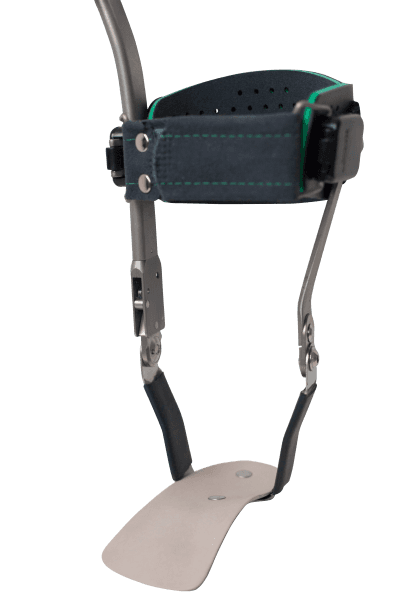
The UTX DZ. This variant has an ankle hinge both on the outside and on the inside of the leg and is therefore able to provide additional stability in the frontal plane
- UTX ESF
- Integration of a UTX STABIL or FREE with a custom PP (polypropylene) Ankle Foot Orthosis (AFO)
- ESF stands for Evo-Stabil-Free
- Full control over the ankle
- No UTX ankle hinge required
- Smart lightweight coupling of the AFO and UTX
Ask our clinical experts for advice
We understand that it may be a lot information. It may be clear to you that the UTX is a quite complete line of leg orthosis with many possibilities, especially if you consider that the named groups above are almost all to combine with eachother. Selecting the correct version of the UTX is therefore work by professionals who can juge your specific situation against the possibilities and impossibilities of the various versions. Our clinical experts Nils or Joep would like to assist you. Feel free to contact you to further inform you about the possibilities in your situation. You can also make an appointment to test fit
